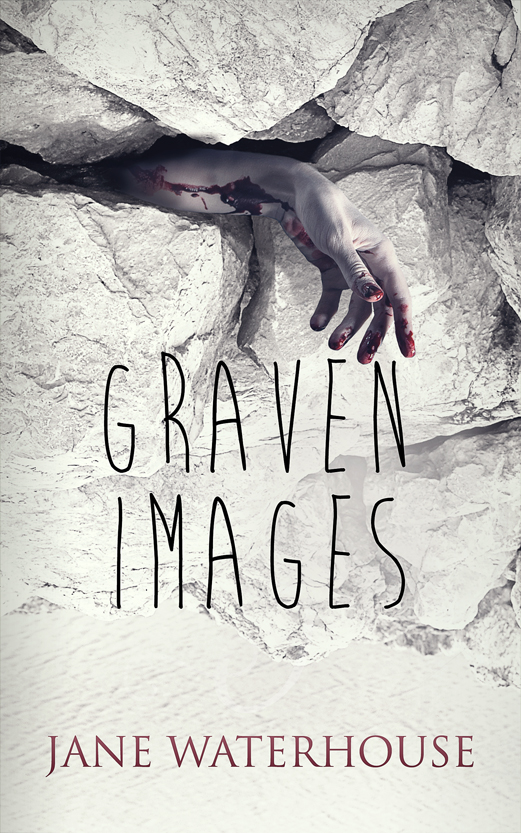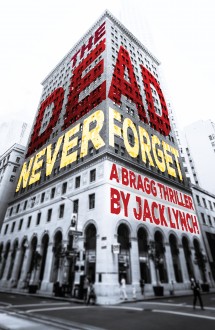
Jane Waterhouse’s writing has been described by Booklist “as lyrical as a lullaby and as eerily hypnotic as a cobra’s dance” and those talents are very much on display in her blockbuster thriller GRAVEN IMAGES. Here she tells us how she created the heroine, Garner Quinn, and developed the story.
GRAVEN IMAGES was originally written in the third person. Reading through my first draft of the manuscript it hit me like a ton of bricks—Oh crap. This is a first-person story. But it had taken me months to get to this point and I wasn’t ready to give up control to some imagined character just yet. So I struck a bargain with my protagonist, Garner Quinn. I said I’d go back to page one and give her a chance to talk. If she choked, all bets were off.
She talked.
And no wonder. The idea for a character like Garner had been rattling around in my brain, long before I gave her a name or a voice. She was conceived during a weekend binge-read of Truman Capote’s IN COLD BLOOD when I was only fourteen.
IN COLD BLOOD served up scary two ways on a plate for me. First, it turned me into a fly on the wall, forcing me to be a passive witness to four brutal murders; then it sent me on a breathless chase after the killers. Most terrifying of all was the bitter aftertaste that stayed in my mouth after I finished the final page. Glinting between the blurred lines of nonfiction and fiction was a sharp, ruthlessness narrative that I found unsettling. I couldn’t believe the lengths to which Capote had been willing to go in order to tell that story.
The urbane and sophisticated, flamboyantly controversial, infinitely talented and deeply troubled author of A CHRISTMAS MEMORY and BREAKFAST AT TIFFANY’S —the model for precocious little Dill in TO KILL A MOCKINGBIRD, for heaven’s sake!—had managed to get two cold-blooded killers to warm up to him. He inveigled his way into their prison cells and ingratiated himself with them enough to win their trust. He convinced them to share their innermost thoughts. Then he took what they said and rearranged it into words on a page that revealed them in the stark light of truth—the truth, at least, as Truman saw it. It seemed to me a highly dangerous and manipulative game to play, especially with a couple of highly dangerous and manipulative murderers. But ultimately Percy Smith and Dick Hickock went to the gallows, and any feelings of ill will and betrayal they might have harbored against Capote went with them.
That was the speck of the idea—the grainy piece of sediment that, layer by layer, developed into character of Garner Quinn and prompted the ‘what if’ of GRAVEN IMAGES.
What if the bad guy drew a Get Out of Jail Free card? What if the line between real life and the printed page became so blurred that it endangered the writer and the people she loved?
Letting Garner answer those questions in her own smart, irreverent, imperfect voice was the turning point for me and marked the start of this series.


